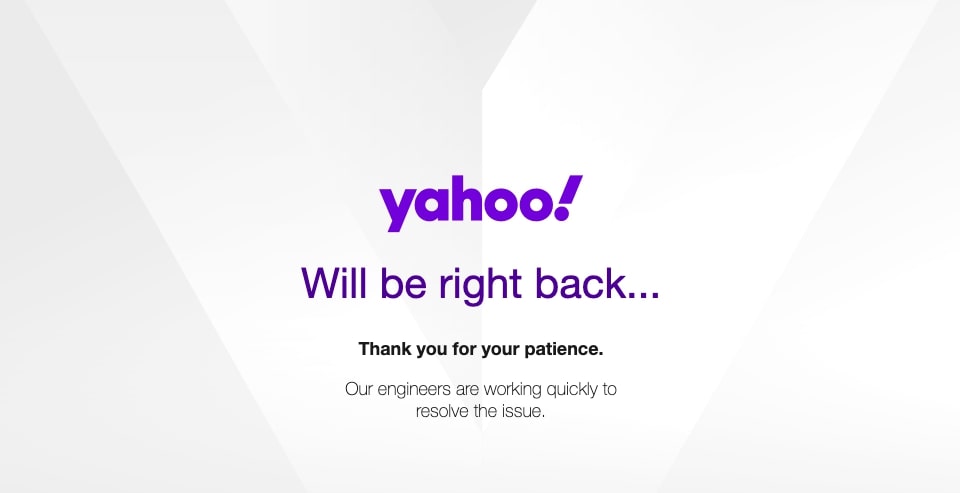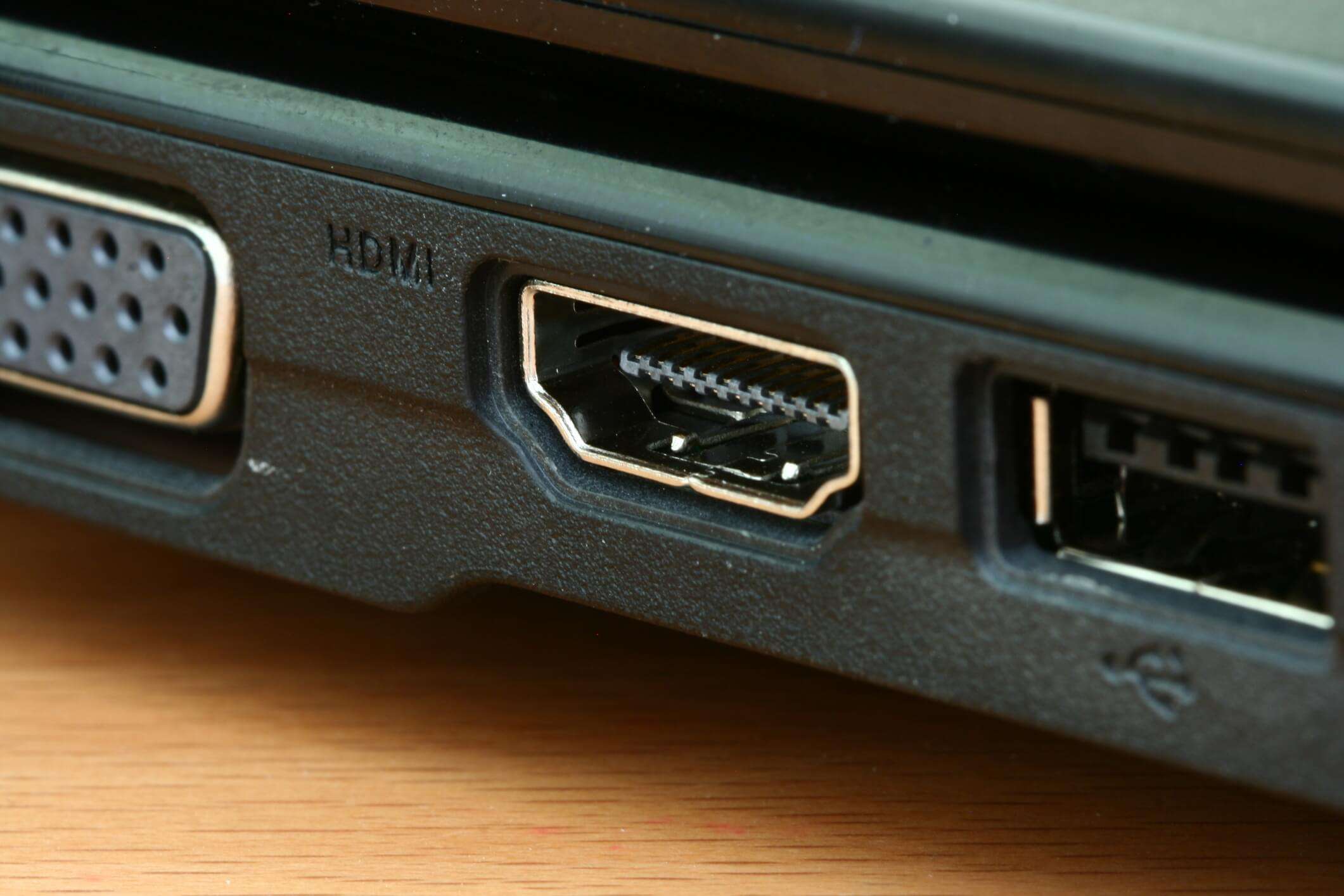USDT vs USDC – Which is one better?
Bitcoin and Shiba Inu both have crypto volatility. Cryptocurrencies may experience exorbitant price rises and sudden drops.
Stablecoins provide investors with a way to remain in the crypto ecosystem with minimal price risk. Stablecoins, which are tied to a real-world asset, commonly fiat money, resist fluctuations.
USD Coin (USDC) and Tether (USDT), both tied to the U.S. dollar, are the dominant stablecoins, dominating the market and appearing on every major exchange, wallet, and app.
What does stablecoin mean?
A stablecoin’s value is backed by an external asset, such as the US Dollar.
Bitcoin and early cryptocurrencies were formerly exchangeable only for other cryptocurrencies and cash. Crypto holders couldn’t swap tokens for currency without leaving the crypto ecosystem. Then came stablecoins.
Crypto traders employ stablecoins to preserve a constant-priced asset in the ecosystem. Less volatile than other digital currencies, they may be traded 24/7 without a bank withdrawal. As long as the backing ratio remains consistent, these tokens will keep their worth.
USDT versus USDC
While USDT is more often used for trading and payments, USDC is commonly regarded as a safer stablecoin because of its higher compliance with audits and government regulation, as well as its more visible and fully-backed reserves.
- Trading pairings
USDT and USDC are lucrative trading pairs on DeFi protocols. USDT is the most widely used stablecoin with the most consistent trading volume. USDC is now available on several of the same blockchains as Tether.
- Security and clarity
USDT has gained attention due to Tether’s unwillingness to provide frequent updates on its support. Centre Consortium, USDC’s parent company, has always followed with regulations and positioned itself successfully, releasing frequent audited reports on their reserves.
Tether battled to keep its reserves private until March 2021. They sought the New York Supreme Court to stop the Attorney General from providing records to CoinDesk under FOIL.
Since then, Tether has released the reserves’ contents and given regular updates. The CFTC wants Tether to perform a thorough audit.
USDC is preparing for future government needs by complying now. Grant Thornton LLP audits Circle’s reserves monthly. They also promised to keep only US dollars and short-term government notes and may seek a national license to create a digital bank.
Potential regulation?
Recently, the Biden administration produced a study advocating for increased regulation of stablecoins, and the Treasury Department has exerted pressure on Congress to approve legislation mandating stablecoin issuers to become insured depository institutions (similar to a bank).
With the danger of stablecoin regulation approaching, issuers must take the required precautions to avoid being caught off guard if such regulations are enacted. Consistently releasing audited reserve reports is a solid starting point.
Which should I use: USDC or USDT?
If you want to participate in a particular blockchain or DeFi protocol, you must ensure that the stablecoin you choose is supported on that network. While both USDC and USDT may be used for lending, staking, and providing liquidity for trading pairs, their rewards and functionality may differ.










